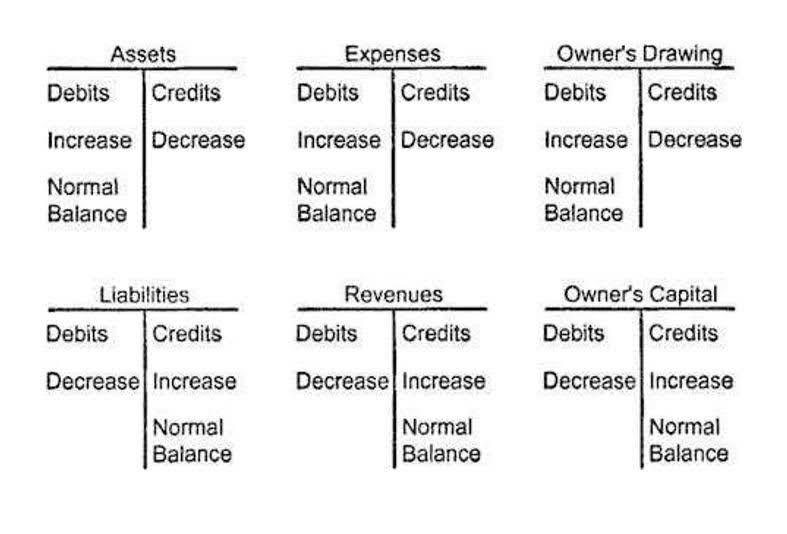
This figure provides insight into how much it costs the company to run its day-to-day operations. The https://www.bookstime.com/ gross profit margin is an income statement ratio that measures the profitability of a company. Gross profit margin shows the percentage of revenue that remains after deducting the cost of goods sold.
Single Step Income Statement
Depreciation on an income statement may not appear directly as an item but is added to the cost of goods sold or to the selling, general and admin expenses. However, some companies may decide to list depreciation and amortization as separate items on their statement of earnings. To be included on the statement of financial performance, an account should be able to make an income or incur an expense; or it should generate gains or cause losses to a company. Non operating revenue is the money earned from other aspects of a company that is not the primary activities of the business. Anything that brings income to a firm cash flow other than the main product or service for which the business was created, would be regarded as non operating revenue. This financial statement shows a company’s total change in income, even gains and losses that have yet to be recorded in accordance with accounting rules.
Great! The Financial Professional Will Get Back To You Soon.

An organization located in a unique industry may find that it requires additional accounts beyond the ones noted here. Competitors also may use income statements to gain insights about the success parameters of a company, such as how much it is spending on research and development. “We heard throughout this process that this first it will vary significantly across different preparers,” said Cannon. Some common examples of expenses are employee wages, equipment depreciation, and supplier payments.
Shareholders’ Equity
Gross profit tells you your business’s profitability after considering direct costs but before accounting for overhead costs. For information pertaining to the registration status of 11 Financial, please contact the state securities regulators for those states in which 11 Financial maintains a registration filing. An income statement should be used in conjunction with the other two financial statements. Directors and executives are also provided a clear picture of the performance of the company as a whole during a specific accounting period. This means that revenues and expenses are classified whether they are part of the primary operations of the business or not.

- Single-step income statements can be used to get a simple view of your business’s net income.
- “We heard time and again from investors that additional expense detail is fundamental to understanding the performance of an entity and we believe that this standard is a practical way of providing that detail.”
- This is where you’ll list all of the money that your business has spent during the specified time period.
- For example annual statements use revenues and expenses over a 12-month period, while quarterly statements focus on revenues and expenses incurred during a 3-month period.
- Single-step income statements are the simplest and most commonly used by small businesses.
- The financial statements are used by investors, market analysts, and creditors to evaluate a company’s financial health and earnings potential.
For example, a customer buys 100 packs of protein bars on credit totaling $500 in August; this would be recorded as revenue on the income statement for the month of August. When the customer pays the money later, it would be regarded as a receipt of $500 and would be recorded on the balance sheet as an increase in cash of $500 and a reduction of the account receivable by $500. Some of the income statement accounts may have subdivisions (depending on the company); for example, expenses may have salaries and wages, procurement, rent, etc.
The three main elements of income statement include revenues, expenses, and net income. Give your statement a final QA either manually or using an automated platform. Using software allows you to automatically track and organize your business’s accounting data so you can access and review income statements. Preparing financial statements can seem intimidating, but it doesn’t have to be an overwhelming process. We’ve broken down the steps for preparing an income statement, as well as some helpful tips.

Gains
For example, if a company pays $1000 monthly interest on repaying its debt, it means $3,000 would be reported as interest expense on the income statement of the 1st quarter (from January to March). This means that every month, $150 would be recorded as depreciation expense on the profit and loss statement of Anael Farms for the next 10 years. This means that every year, $1,800 would be recorded as depreciation expense on the profit and loss statement of Anael Farms for the next 10 years.
A projected income statement can be prepared which accounts are found on an income statement from past sales and expenses, especially by established businesses. Therefore, a comparative income statement can give a trend of income and expenses of the company, to know whether income is increasing or not; and also shows whether the loss is increasing or not. In general, the contribution margin income statement simply shows the contribution of the total revenue in covering the fixed cost after the variable cost has been deducted. Preparing income statements helps investors to make a choice on which business is best to invest in it.
Are income statements monthly or yearly?
The balance sheet displays what a company owns (assets) and owes (liabilities), as well as long-term investments. Investors scrutinize the balance sheet for indications of the effectiveness of management in utilizing debt and assets to generate revenue that gets carried over to the income statement. This is where you’ll list all of the money that your business has spent during the specified time period. Again, it’s important to break down expenses by category so that you can see where your money is going. Return on equity (ROE) is a financial ratio that measures the profitability of a company in relation to the amount of equity capital it has. ROE is calculated by dividing a company’s net income by its shareholder equity.